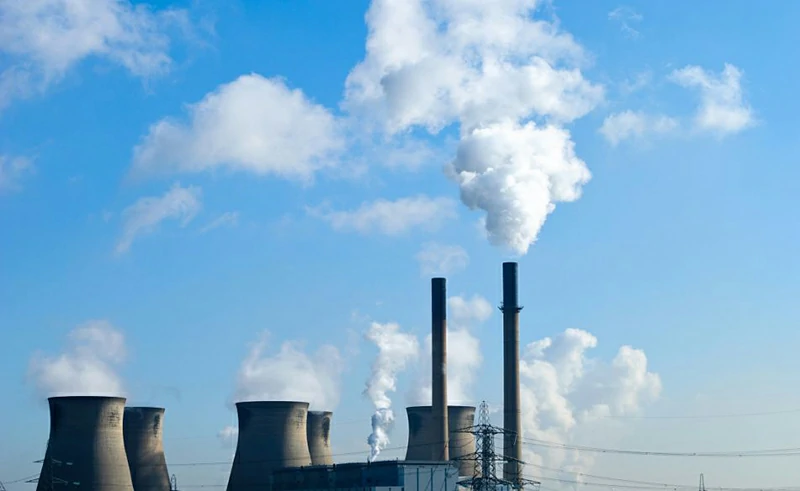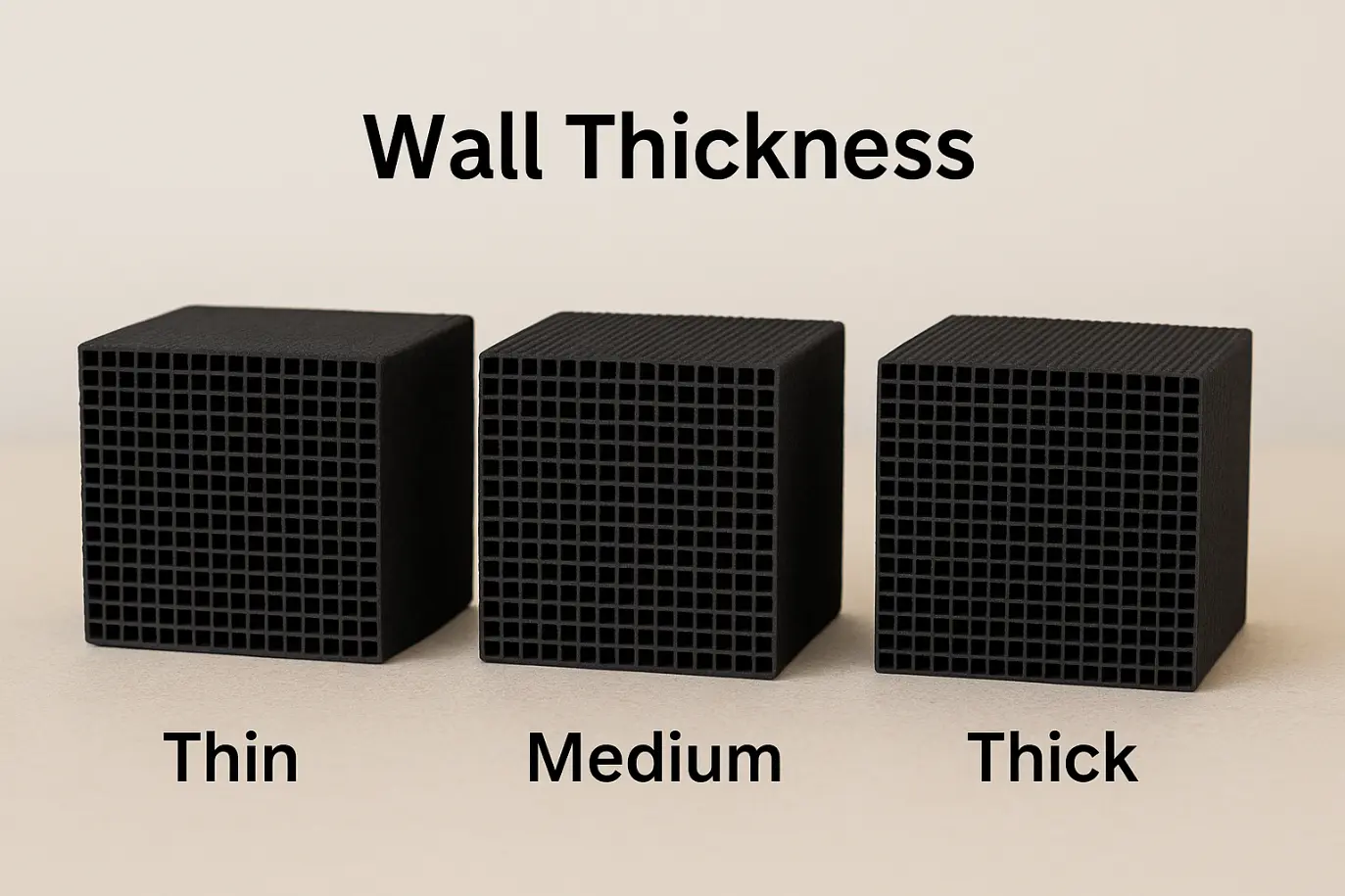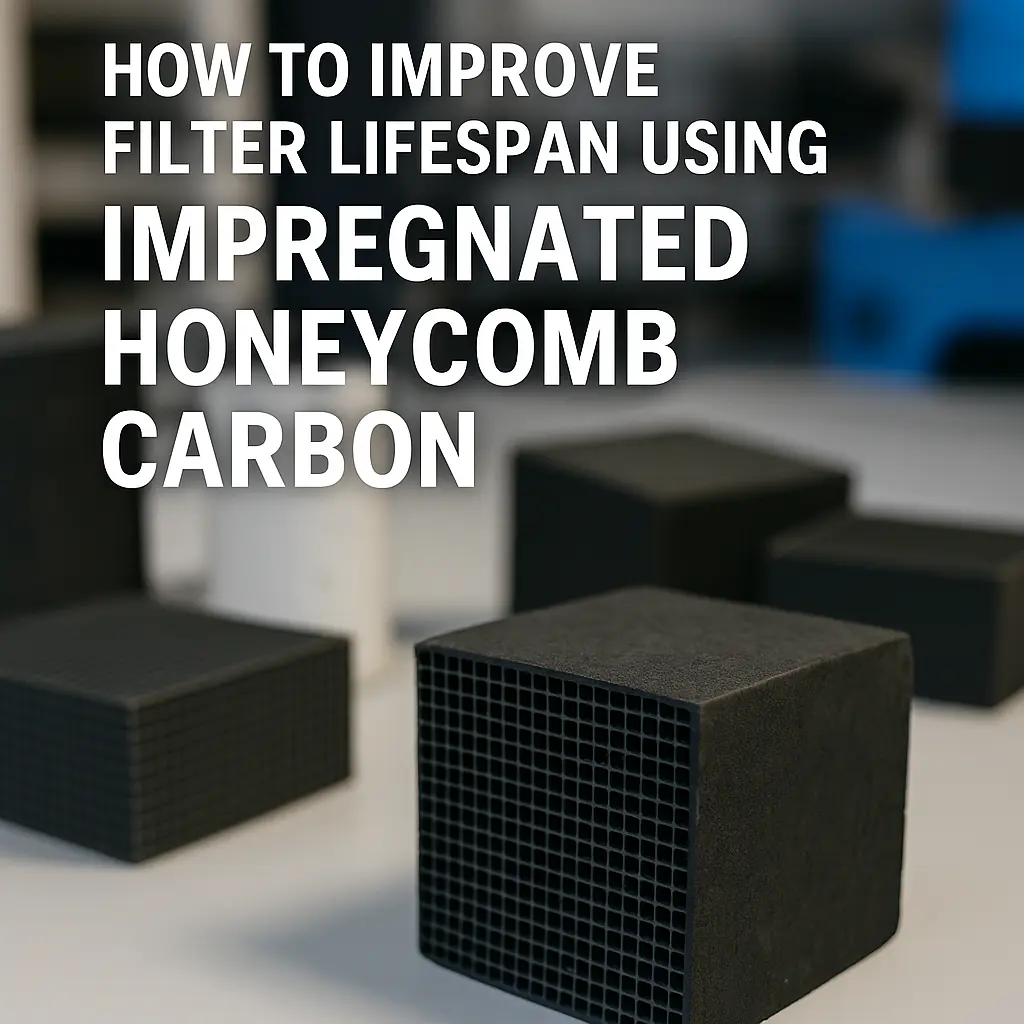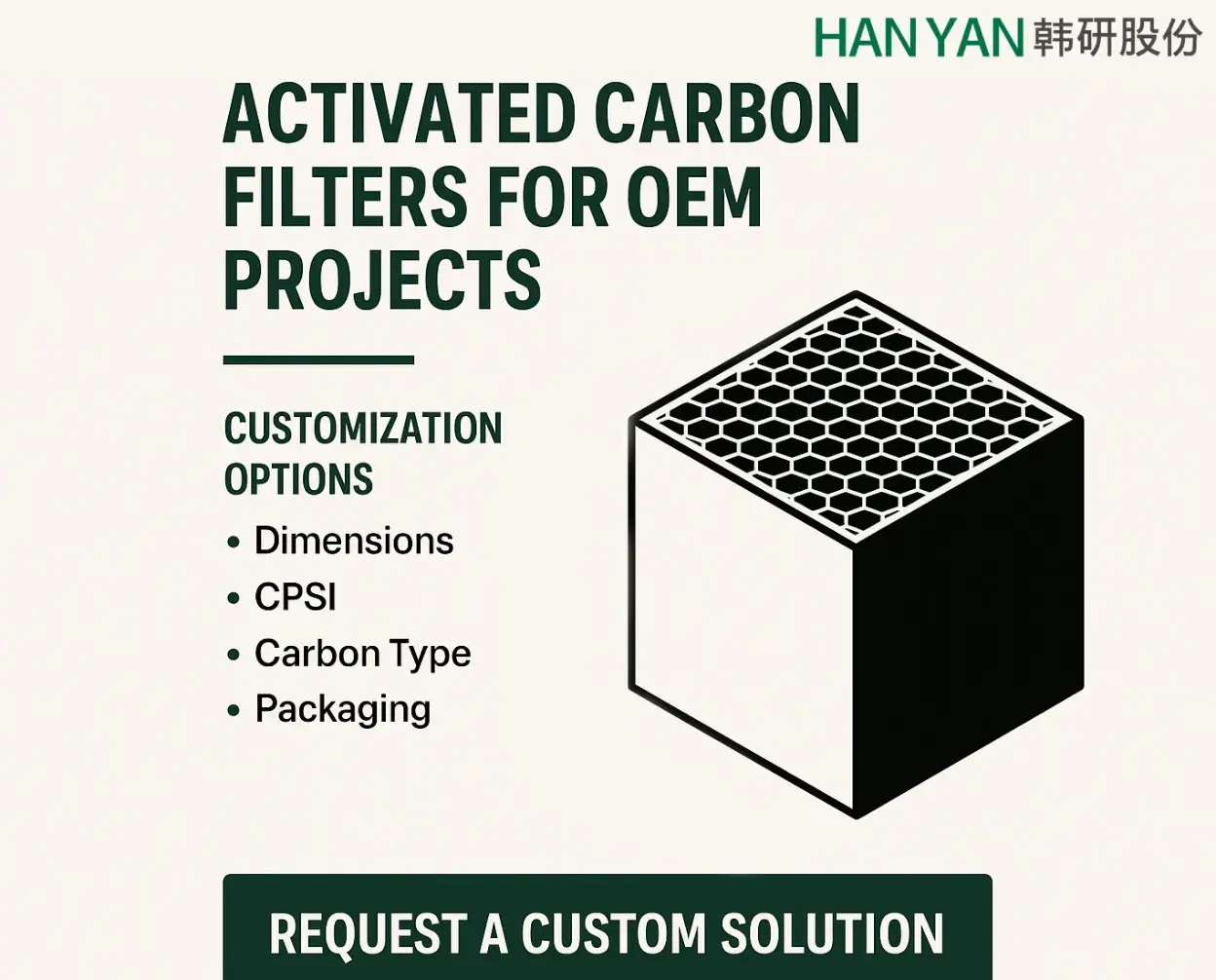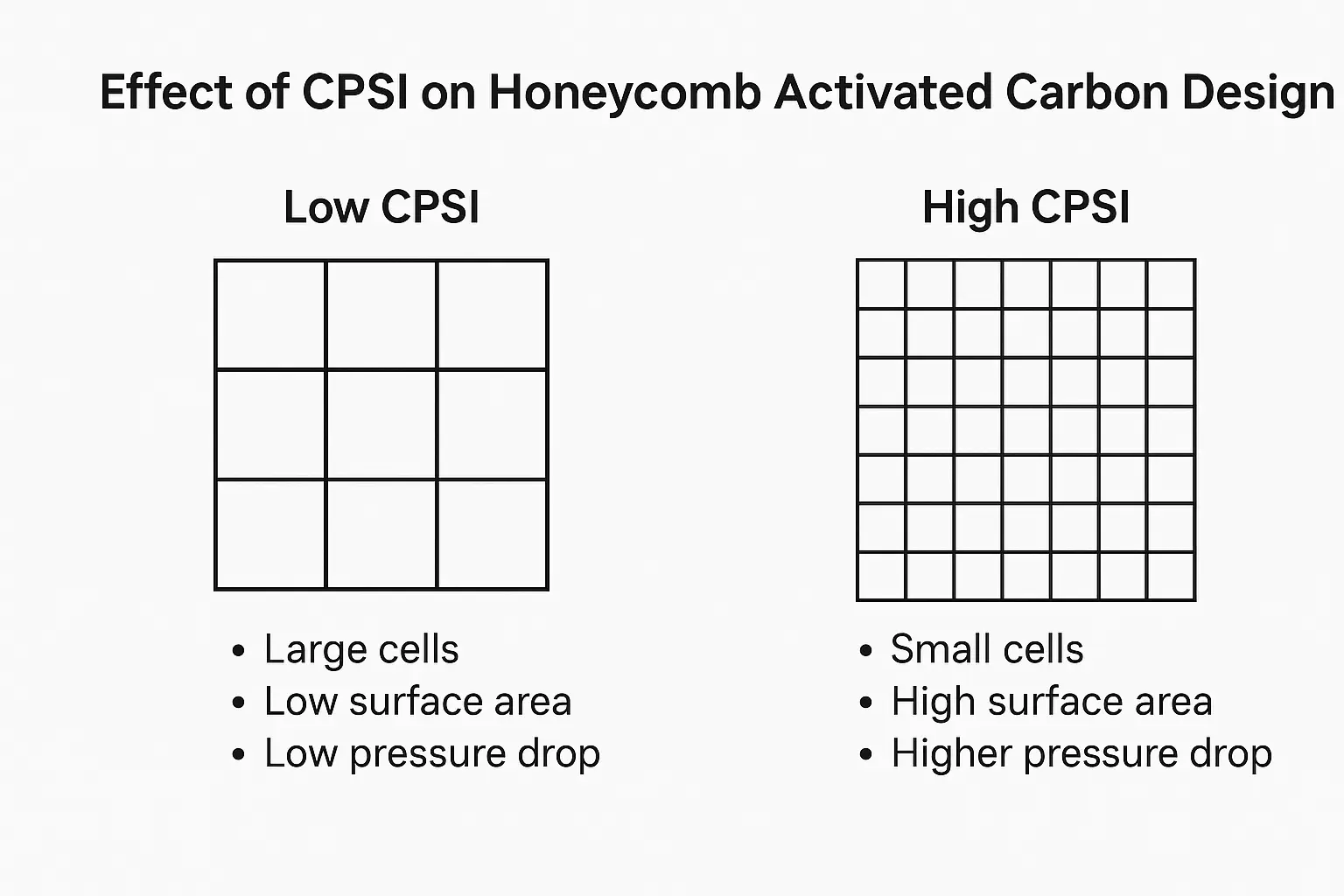
Design Considerations for Honeycomb Activated Carbon Filters in Industrial Systems
This article explains the essential design considerations for honeycomb activated carbon filters used in industrial equipment, including material selection, CPSI, adsorption efficiency, airflow direction, pressure drop, sealing, frame compatibility, and maintenance planning.


